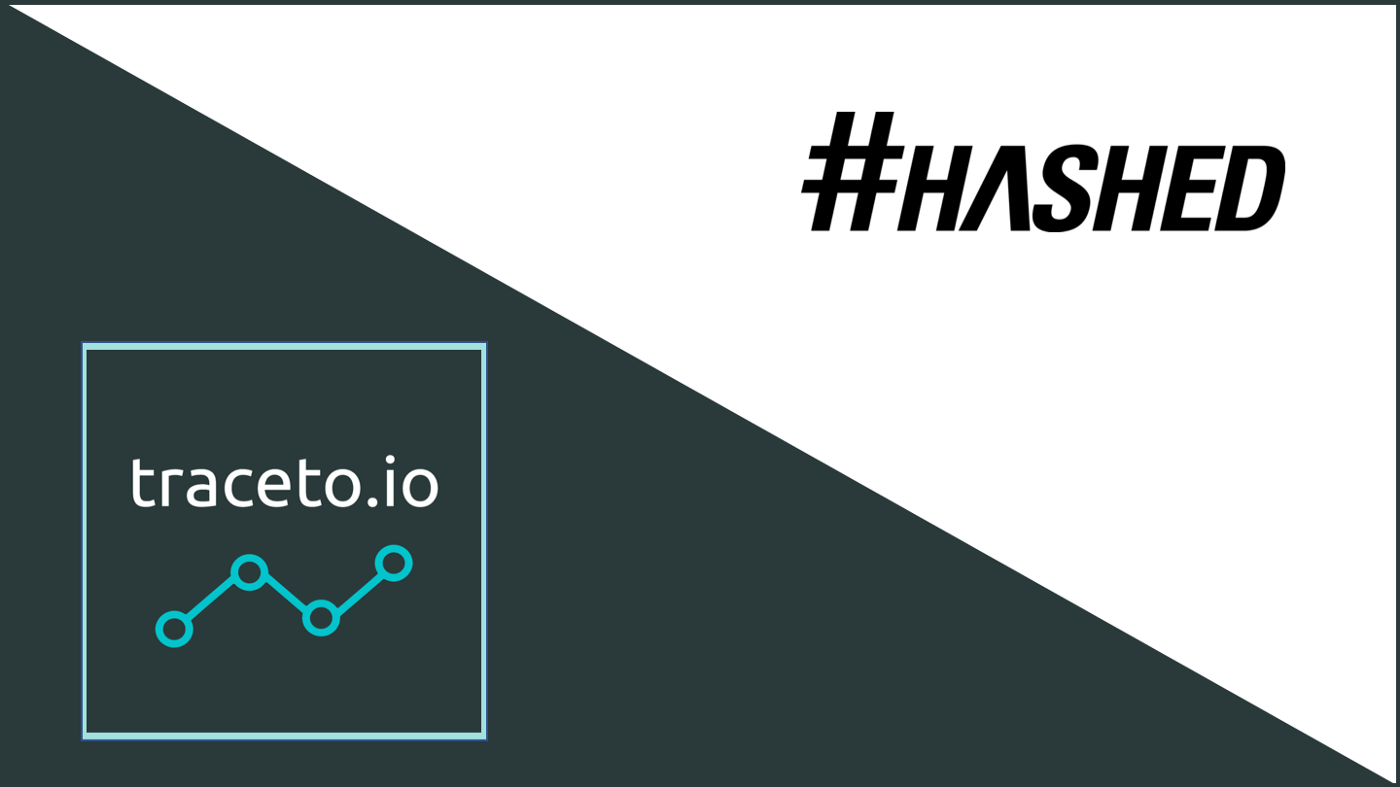Home prices remain high, new construction for entry-level housing is lagging and inventory is squeezed. Add in inflation outpacing wages, rising mortgages rates and increasing consumer-debt levels, and many hopeful homebuyers might feel iced out of the market altogether.
Small wonder that many of today’s homebuyers rely on mortgage assistance programs to buy a home. There are more than 2,500 grants and loans programs nationally, with at least two active programs in each state, according to a recent report by the Urban Institute.
The increase in low down-payment lending is perhaps a reflection of some of the problems Americans are facing. Traditionally, FHA has been the main source of low down-payment lending, but that’s changed in recent years. Conventional lenders, like Bank of America, as well as Fannie Mae and Freddie Mac have low down-payment programs.
The bulk of these assistance programs are geared toward first-time homebuyers. Let’s explore how to qualify for them.
Who qualifies as a first-time homebuyer?
The term “first-time homebuyer” can be misleading — at least, as far as many of these programs are concerned. The result is that people who actually qualify mistakenly pass up the opportunity for assistance.
In addition to those who have held title to a home, under many programs, individuals who haven’t owned a home in at least three years count as a first-time buyer. This distinction can make all the difference to applicants who were homeowners several years ago and are back in the market today. Alanna McCargo, president of Ginnie Mae, agrees that this can be confusing for some buyers.
“There’s a lot of misperception about what it takes to qualify for these programs. People are confused by income levels, they think they made too much, or they don’t realize that they could have owned a home before to qualify,” McCargo says.
In other words, you don’t have to actually be a virgin homeowner to count as a first-timer. You just need to have not owned a home for a while.
First-time homebuyer qualifications
Not having previously owned or home or not having owned one in the past three years is just one of the requirements to qualify for first-time home buyer programs. Additional criteria may vary based on the lender and the loan program, but typically include:
- A minimum credit score of about 620
- Steady income
- Two-years employment history
- 3% down payment
- Debt-to-income ratio lower than 43%
Here’s a look at some popular home loan programs for first-time buyers:
| Loan program | Who is eligible? | Down payment requirement | Additional features |
|---|---|---|---|
| HomeReady Program through Fannie Mae | First-time and repeat buyers welcome | 3% | • Must complete a homebuyer education course • Must meet income criteria |
| HomeOne | First-time homebuyer indicates no ownership interest in a home in the previous three years | 3% | Must complete a homebuyer education course |
| Home Possible | First-time and repeat buyers welcome | 3% | Must meet income criteria |
| HomePath Ready Buyer | First-time homebuyer indicates no ownership interest in a home in the previous three years | First-time buyers can get 3% in closing cost assistance | Must complete a homebuyer education course |
If you’re unsure about a program’s qualification requirements, terms and rates, ask your lender to explain it to you and put it in writing whenever possible.
Other requirements for first-time homebuyers
So, now you know the answer to whether you qualify as a first-time home buyer again. But when purchasing a home, there are other standards to meet.
You’ll also need to meet the credit score requirements of the lender, satisfy any income restrictions, and have a relatively low debt-to-income ratio.
When are you considered a first-time home buyer again?
The key to qualifying for many first-time buyer programs is not whether you’ve owned a home previously, but how long ago you owned the home. Many programs consider you a first-time home buyer again if you owned a home three or more years ago but have since sold the home or no longer hold title to it for any reason.
There are other reasons as well that you might be considered a first-time home buyer, even if it’s not your first rodeo. Under the U.S. Department of Housing and Urban Development’s (HUD) rules, for example, you are considered an eligible first-time home buyer again if you:
- Did not own principal residence during the previous three years
- Are a single parent who only owned a home with a former spouse while married
- Are a displaced homemaker who previously owned a home with a spouse
In fact, even if you’ve owned more than one previous home, you can still qualify.
Next steps for qualifying as a first-time homebuyer
Purchasing a home can be challenging, especially amid the current environment with intense competition for the limited inventory available and steep mortgage rates that make a purchase even more costly.
The good news is there are many first-time homebuyer programs that can help. Take the time to identify programs in your area that may be able to help make your homeownership dreams a reality. Start with your state or municipality’s housing finance authority. Or drop into a local bank or credit union: They often have information on programs, especially if their institution is an approved lender for one.
And remember, these programs may be available to you even if you’ve owned a home in the past.





